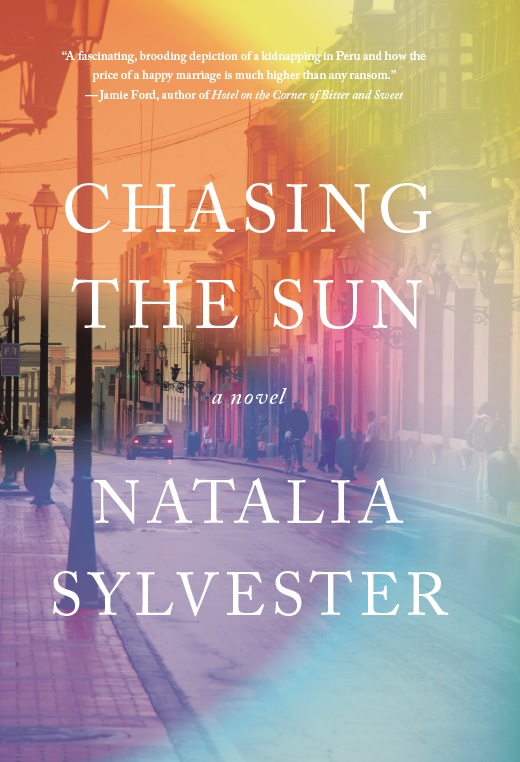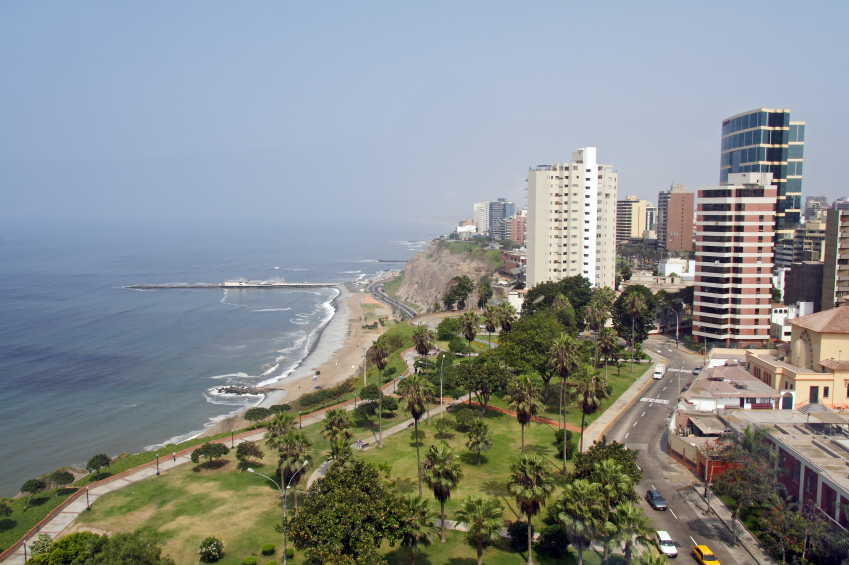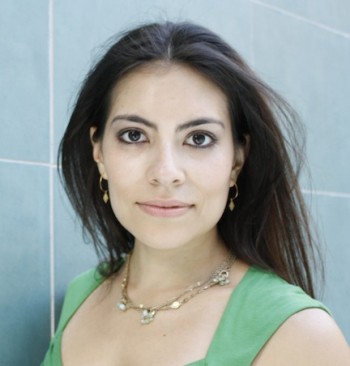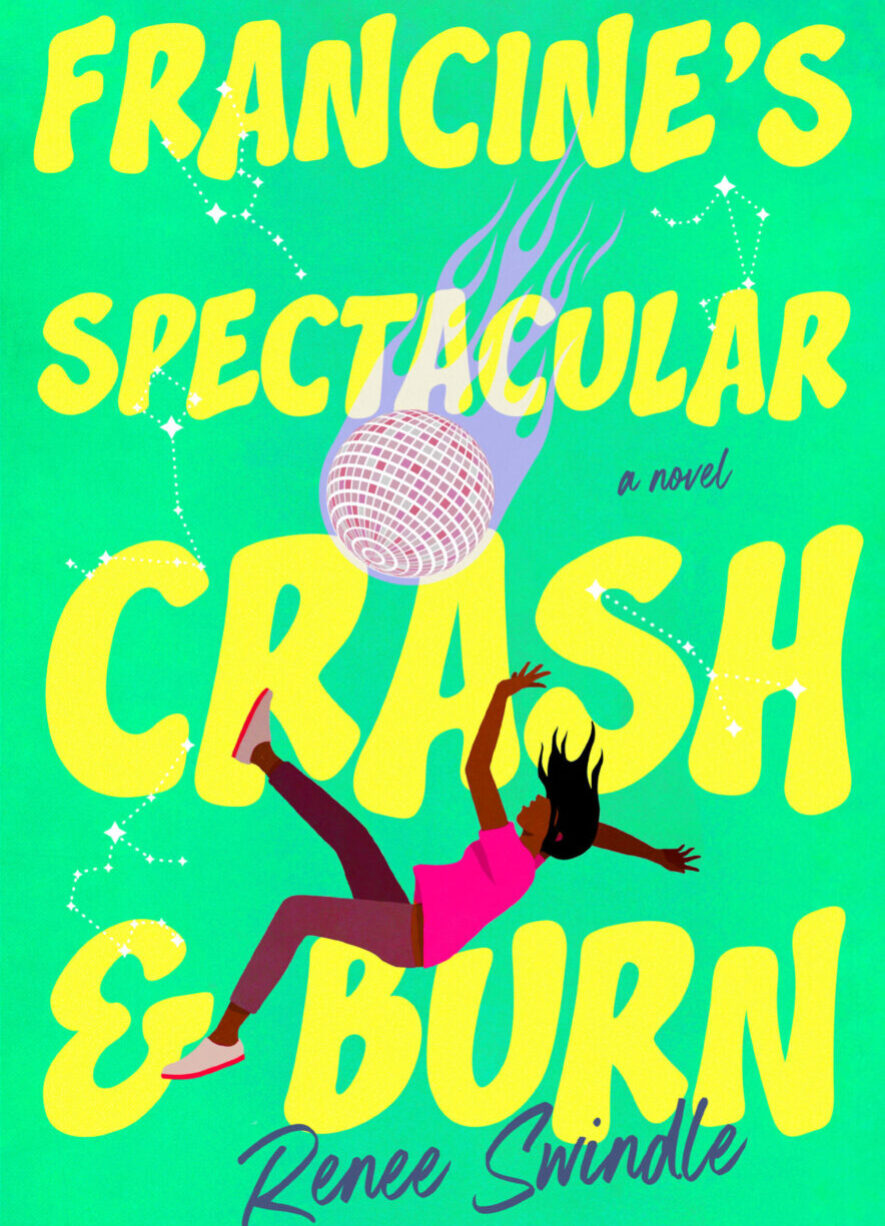Natalia Sylvester’s novel, Chasing the Sun, is partially inspired by a family member’s kidnapping. Author Seré Prince Halverson describes Chasing The Sun as “An intimate, unflinching portrait of a marriage, examined against the suspenseful backdrop of a terrifying kidnapping.” In my interview, Natalia discusses her writing process and tells us more about her compelling, can’t-put-it-down novel. “There’s power in telling our stories, and if you’re going to tell one, it’s your job to embrace that power and respect it.”
BORN IN LIMA, PERU, NATALIA SYLVESTER came to the US at the age of four and grew up in South Florida, where she received a B. A. in creative writing from the University of Miami. A former magazine editor, Natalia now works as a freelance writer in Austin, Texas. Chasing the Sun is Natalia’s first novel. And it’s great! 🙂
RS: I read that Chasing The Sun is partially inspired by one of your family member’s own kidnapping. I’m wondering if using a family member’s experience as your jumping off point ever gave you pause.
NS: It definitely gave me pause, for years and years. My grandfather was kidnapped for ransom in Lima when I was three, and though I don’t remember it (or maybe because I don’t remember it) I’d always wondered what an experience like this does not just to the victim, but to the entire family. But I was always afraid to ask. I assumed it’d be too difficult for my grandfather, or my parents or aunts and uncles, to talk about.

I started writing Chasing the Sun because I wanted to answer some of these unasked questions through fiction. But something about the story wasn’t working for me, and I set it aside, untouched, for years. When I finally decided to revisit (and rewrite) it, I decided there was no way I could keep tip-toeing around the issue. I asked my family about my grandfather’s kidnapping and, to my surprise, they seemed almost relieved. Maybe it’s because enough time had passed, but they wanted to tell their side of the story. And I realized then that there’s power in telling our stories, and if you’re going to tell one, it’s your job to embrace that power and respect it.
RS: Are kidnappings in Lima as rampant as portrayed in your novel? Can you tell us if things are improving at all? A character in your novel, Guillermo, is a paid mediator. Do men like this exist? If so, are they’re effective?
NS: Things are definitely better now, but during the 80s and 90s kidnappings were very rampant in Lima; those two decades are some of the darkest in the country’s recent history because it was a time of so much civil and political unrest. I actually struggled for a long time over the decision to portray Peru in such harsh light—it’s a country of so much beauty, after all. But it also has a tumultuous past that has shaped its present, and there are so many stories left untold because of it, not just in Peru but in Latin America in general. I hope enough time has passed that we can look back at this period in an honest manner and learn from it.
As for paid mediators, they do exist, and I was lucky enough to speak with a security consultant during my research for the novel. It’s hard to exaggerate how truly intense and terrifying a situation like this is, and I was relieved to find I’d gotten a lot of the facts right. Staying true to life throughout the story was important to me, though there are maybe one or two instances where I took artistic license to serve the story.
RS: Your novel explores Andres’ and Marabela’s marriage as much as the kidnapping. We learn about how they met and that Marabela left Andres at one point. Was it your intention all along to write about their relationship in such an intimate way?
NS: Not at all. The story initially started as a series of short stories, each told from a different point of view. The first was from Marabela’s POV, as she’s being kidnapped. The second story was in the voice of her daughter, Cynthia, the next from the perspective of the family’s maid, Consuelo, and then the son, Ignacio. It wasn’t until I reached the fifth story, told from the POV of Andres, that I realized their marriage was in trouble.
It took me by complete surprise, and I remember thinking, “That’s where the real story is.” Suddenly it wasn’t just about a kidnapping; it was the story of a kidnapping that tests the strength of an already frail marriage. And that felt more real to me, because life doesn’t happen in neat, compartmentalized boxes. Life is messy, and layered, and it happens all at once.
RS: Most of Chasing The Sun is told from Andres’ point of view. He’s a man who is intense and hard working. He loves his family but we see early on that he leaves the raising of his kids to Marabela. I loved watching him grapple not only with Marabala’s kidnapping but his role as father after she disappears. Did you plan from the start to tell most of the story through his eyes? What surprised you about Andres?

A public library in Lima. Not bad!
NS: In initial drafts, I started the book from Marabela’s point of view, but the deeper I got into it, the more I realized that what Andres struggles with most is the emptiness she leaves behind when she’s gone. He’s completely displaced without her and the not knowing—of where she is, of what’s happening to her—is what agonizes him. So the decision to take Marabela out of a large part of the narrative was very intentional; I wanted it to feel like she was missing, to let the mind wander to her and hope to find hints of her, but fail.
What surprised me most about Andres is that I initially started writing him as this hardened, cold businessman, but dealing with Marabela’s kidnapping makes him vulnerable in a way he’s never experienced before. I learned there’s strength in allowing ourselves to be vulnerable; looking back, I think many of my characters learned that as well.
RS: Let’s talk about Andres’ mother. I don’t want to give anything away, but, wow–what a pistol! Was she difficult to write? Was it your decision to make her so ornery?
NS: I love that you feel that way about her! In a way, Lorena ended up being one of my favorite characters to write. I think it’s because she’s the epitome of what would happen if we let all our past grudges bottle up inside and then release without any filter whatsoever. So she’s combative and blunt and cold but as events progress I realized she has a soft side to her as well (she just guards it pretty heavily).
RS: I was riveted as I read your book and had no idea if Marabela would be found or not. Did you write with an outline? Did you always know the outcome?
NS: I always knew the major outcomes, the answer to the big question of will she or won’t she return, but everything else ended up falling into place in draft after draft of revision. One major character from Andres and Marabela’s past didn’t even exist until my second to last draft. I remember writing her name and thinking, “Wait, who’s this?” and being completely intrigued by the idea of her.
Up until that point I’d had a loose outline of the book; I didn’t write the initial draft with one, but in revision I like to create a very, very flexible game plan. Suddenly I’d introduced not just a new character but a new subplot and a new source of conflict. I’d also decided to change the time period, from a vague, late-80s setting to a very specific point in Peru’s history in 1992. At that point I knew I’d need an outline, or in my case, a timeline in which I plotted every event and turning point throughout the narrative.

Lima, Peru
RS: Chasing The Sun is your first novel. What surprised you about writing a novel? How did your work as a journalist get in the way of this new way of writing or how did it help you?
NS: My work as a journalist helped me tremendously because of all the research that became necessary the deeper I got into each draft. As I was learning more about the events in Peru’s history, each opened up new possibilities for the story. And most importantly, the research made the world feel real to me.
What surprised me though, is how limiting facts can be, and how liberating writing a novel is when you’re trying to get to the truth of a story you can’t possibly experience from all angles. In journalism your main tool is the information you can verify. Fiction begs you to imagine beyond what’s in front of you, it creates a bridge of empathy between what we’re told is true and what we know in our hearts to be true.
RS: Care to tell us what you’re working on now?
NS: I’m about 40 pages into my next novel, and wondering when I’ll find the time to write even 40 more! This one takes place in a Texas border town and has a hint of magical realism to it, but also deals with the dynamics of a relationship, this time within the context of the death of an estranged family member. What’s interesting is that though I haven’t had much time to work on it, my mind is constantly wandering to this story and its characters, so much so that I already know its twists and turns, its subplot, its ending, even pieces of dialogue I’ve written down. I’m learning that there are times when it’s okay to write without writing. For now, I’m letting it marinate.
Thanks, Natalia!

